‘I belong here, but I can’t be here’: Survivors remember Christchurch mosque attack one year on
Mustafa Boztas was heading home when a nagging feeling told him to turn around. What followed was the most horrific event of his young life, but he believes he was meant to be there.
Mustafa Boztas was heading home to have lunch and hit the gym when something told him to turn around.
The 21-year-old had missed prayers last Friday and didn’t want to make a habit of it. So he chucked a U-turn and ducked inside Al Noor mosque – a gold-topped building on the edge of Christchurch’s Hagley Park. Inside, he took a seat near the Imam when he heard an unfamiliar sound.
“We don’t know what the gun sounds like,” the Turkish-born engineering student told news.com.au. His family arrived in New Zealand as skilled migrants, not refugees and had never known violence. “We don’t have any experience in this kind of situation. When the shots were going off I had no clue what was going on,” he said.
Mustafa watched in horror as people were shot in front of him. He hid his face and feigned dead even when he felt the pain of a bullet rip through his thigh to his liver. When the gunman paused to reload, he shoved aside a pane of glass and jumped out a nearby window. The gunfire resumed the minute his feet hit the ground.
“If I didn’t leave where I was, he would have shot me,” he said. “He came back and he made sure everyone died. Those people that died, he shot again.”
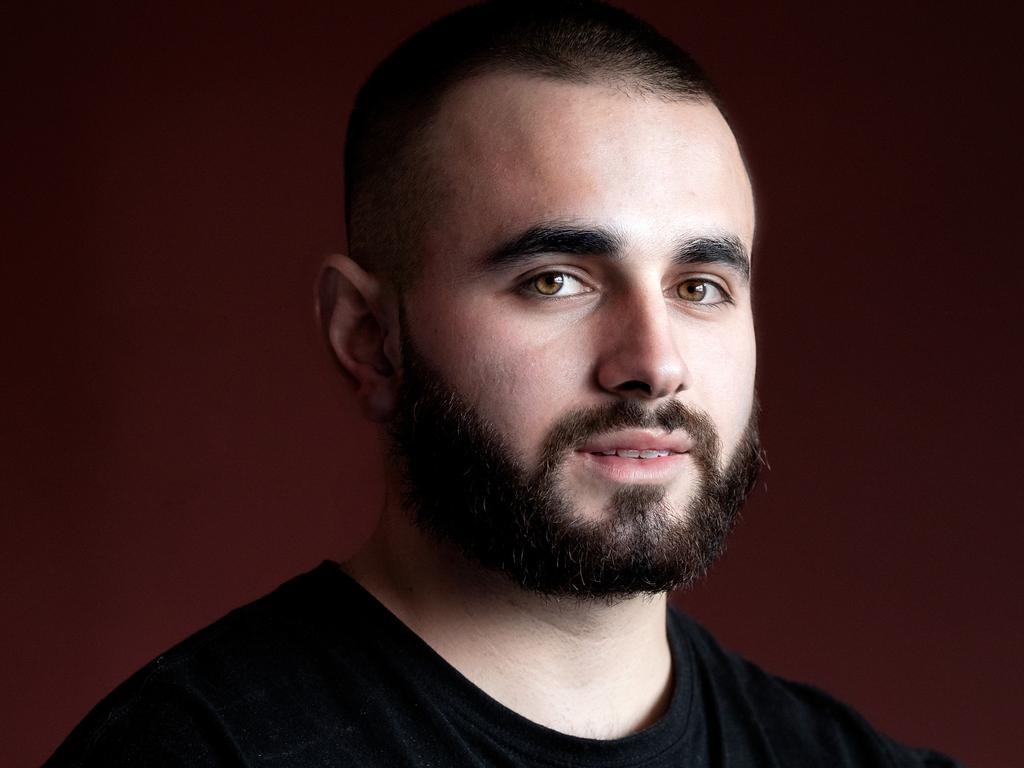
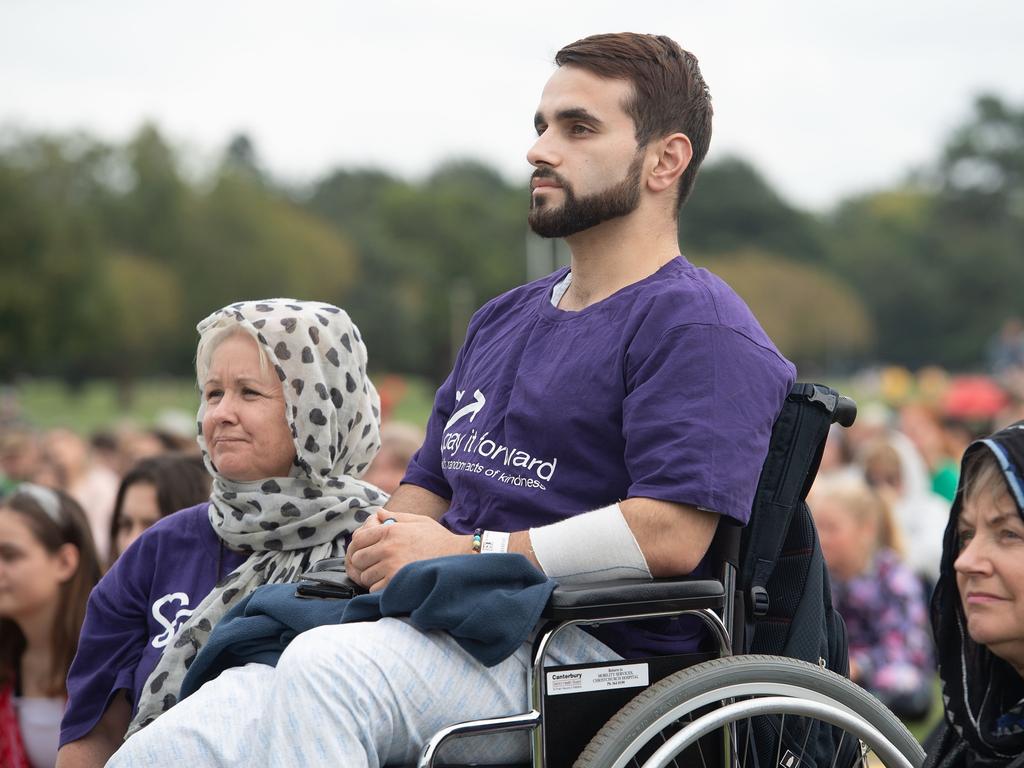
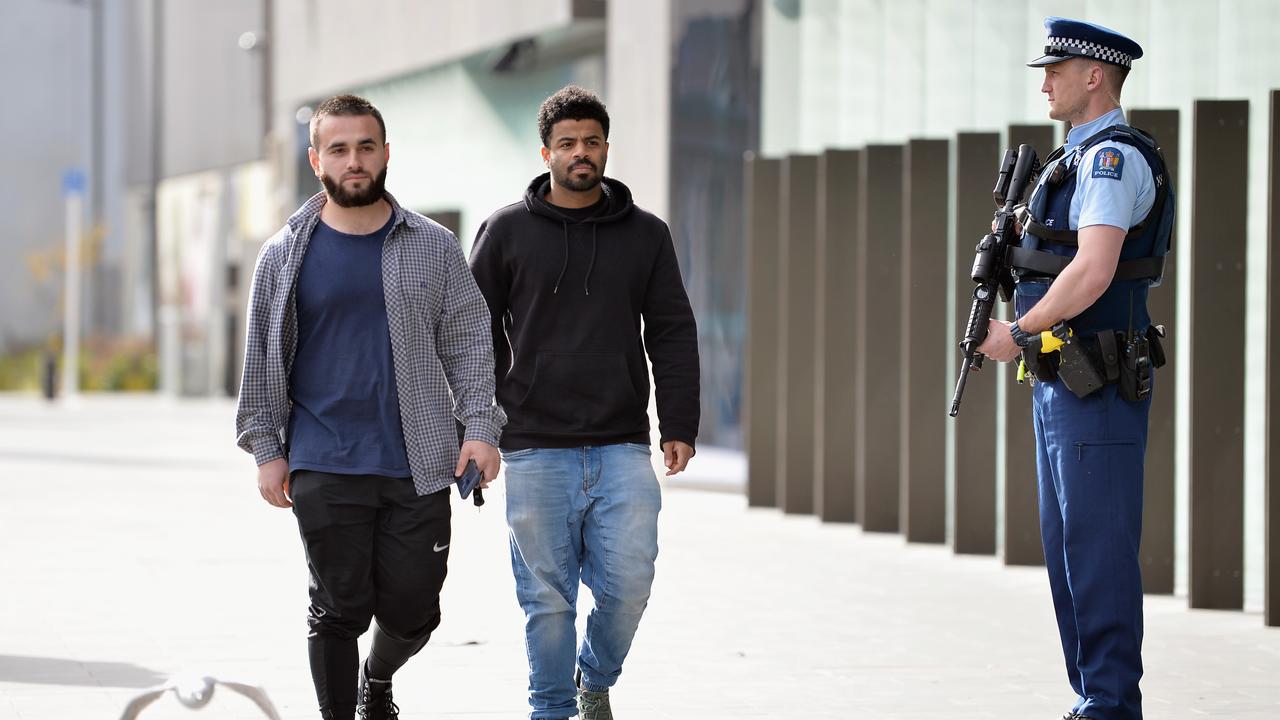
In the car park outside, he came across Hamza Mustafa, a 16-year-old Cashmere High School student who had been signed out early to pray with his father and brother. The Syrian refugee had been shot in the chest and stomach. In his outstretched hand was his phone with his mum on the line. Mustafa decided he no longer cared about being shot and tried CPR to save the teen. Unable to help, he closed his eyes “for respect” and picked up the phone.
“I just said: ‘Come to mosque’….There’s a terrorist attack and someone’s killing us,” he said. “She was so worried, she was asking about her kid and her husband. I said ‘I tried my best’. The next thing you hear is she’s just screaming.”
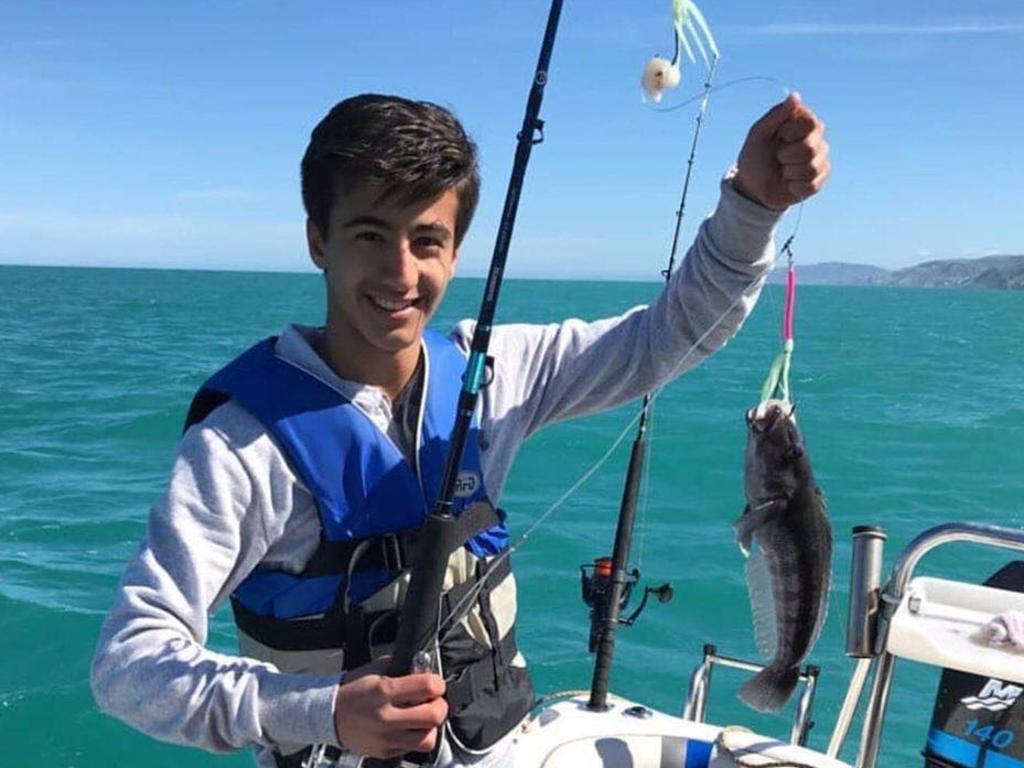

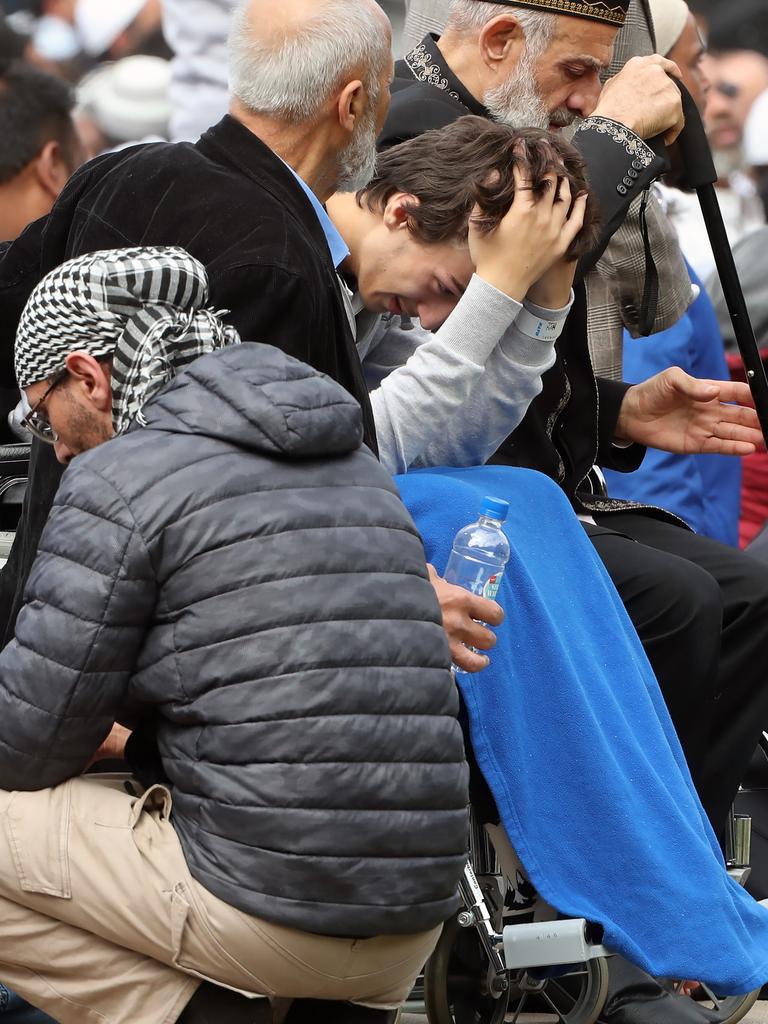
Nearly one year on from the March 15 Christchurch mosque attack, he remains close to the Mustafa family who lost Hamza, 16 and their father Khaled, 44. Younger brother Zaid, 13, was shot in the leg like Mustafa, and the two have a close bond.
“The weird fact is their last name is my first name. What a coincidence. Me being there at the mosque at that time and meeting this kid at the back and trying to save his life,” he said. “There was something that I was meant to be there. Even from the start, you know? I felt guilty for not going to the mosque for the last two weeks. I did a U-turn and went to mosque and met that kid. It’s such a big coincidence.”
‘IT COULDN’T BE TRUE’
Christchurch is a city of clipped hedges and cherry blossoms. It sits in the middle of New Zealand’s South Island, with four wide avenues framing an English-style park. Flat and grid-like, it’s renowned for a sedate sense of order. In summer, nor’-west winds rush over the Canterbury Plains and agapanthus sprout in the suburbs. In winter, rugby games are played in watery sunshine.
But since 2011, Christchurch has been known for different reasons. On 22 February that year, a 6.3 magnitude earthquake ripped through an unknown fault line and shook the city to its core. One hundred and eighty five people were killed and several hundred injured in what was considered an aftershock of a bigger but less deadly quake five months earlier.
My home town became known as a city of road cones and rubble, where the ground could open up beneath your feet, leaving many residents trapped in a quagmire of liquefaction and paperwork. Eight years on, thousands of residents had been relocated and rebuilding of the central city was underway.
Then on 15 March 2019, the city faced a different kind of terror. On a late-summer Friday, Australian 28-year-old Brenton Tarrant pulled up to the Al Noor Mosque, a camera mounted to the top of his gun and stormed inside shooting in one of the most horrific Islamophobic attacks the world has seen. A hate-filled manifesto was published online, along with a live-streamed video. The public massacre was dubbed an atrocity for the internet generation, with thousands of copies of the video ricocheting around the world.
As New Zealanders struggled to process what happened, the attack was described as a loss of innocence. Because living on a rocky outcrop in the Pacific Ring of Fire, earthquakes and volcanoes are one thing, but terror, gun crime and racism are the problems of London, New York and Paris. Not New Zealand.
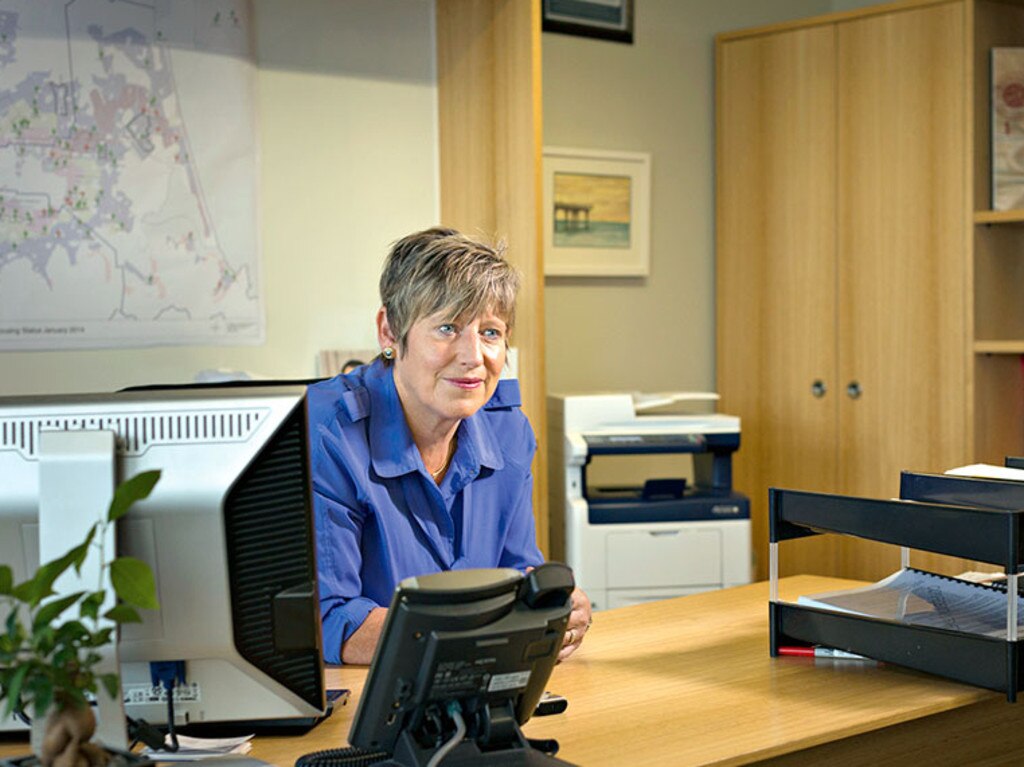
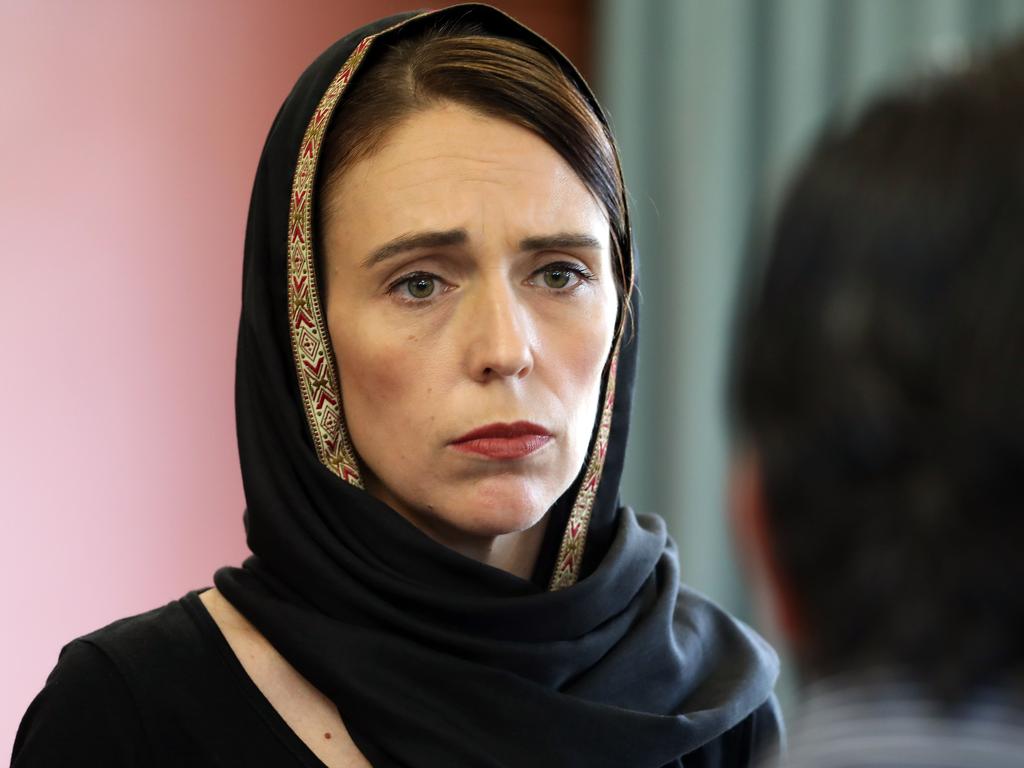
For Christchurch mayor, Lianne Dalziel, the moment she found out about the attack is etched in her mind. The former MP was in the city centre watching a climate strike rally when she was handed a phone with media reports bodies were on the ground at a local mosque.
“My initial reaction was that it couldn’t be true and it was irresponsible to publish something like that without knowing the facts,” she told news.com.au. That feeling of disbelief followed her back to the Christchurch City Council building where young protesters marched about inside before being told they would be put in a police lockdown. “I couldn’t process it because it was just so unbelievable that this could happen in Christchurch, let alone New Zealand,” she said.
The third-term mayor had led the city through the devastating earthquakes and said nearly ten years on, many residents had reached a “new normal” where they managed to rebuild their lives and homes when terror hit. “You can’t compare them. It’s a layer upon a layer,” she said about the attack after the earthquakes. “It’s not the same for everyone but it’s also from an overall stress point of view, another traumatic stressor that’s been overlaid on the city.”
For Dalziel, the call to prayer held one week after the attack sums up the city’s resilience, where thousands of residents turned up say “we’ve got your back” to their Muslim neighbours. The former MP described it as “the most powerful expression of unity I’ve ever seen” and maintains the city is safe.
In June, Tarrant will face trial charged with 51 counts of murder, 40 of attempted murder and one terrorism charge to which he has pleaded not guilty. Dalziel said if his motivation was to promote terror and Islamophobia, then he had spectacularly failed.
“The response to this is come together in unity, support, peace and love and compassion and that to me was the complete antithesis of the division and hatred he wanted to inspire.”
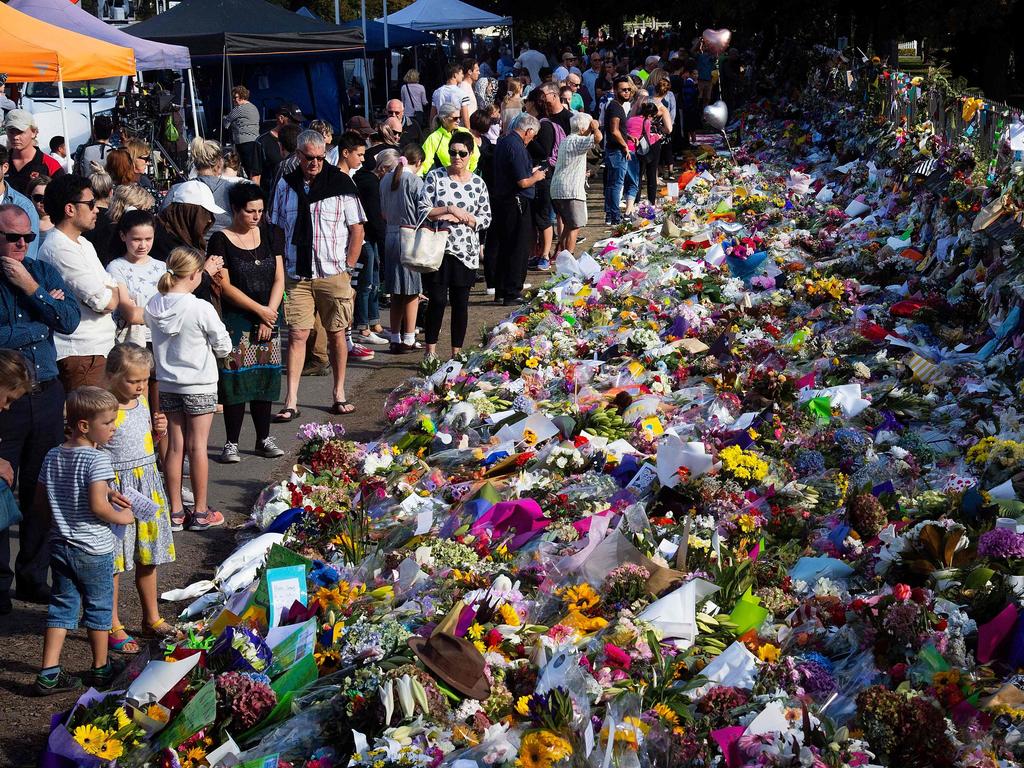
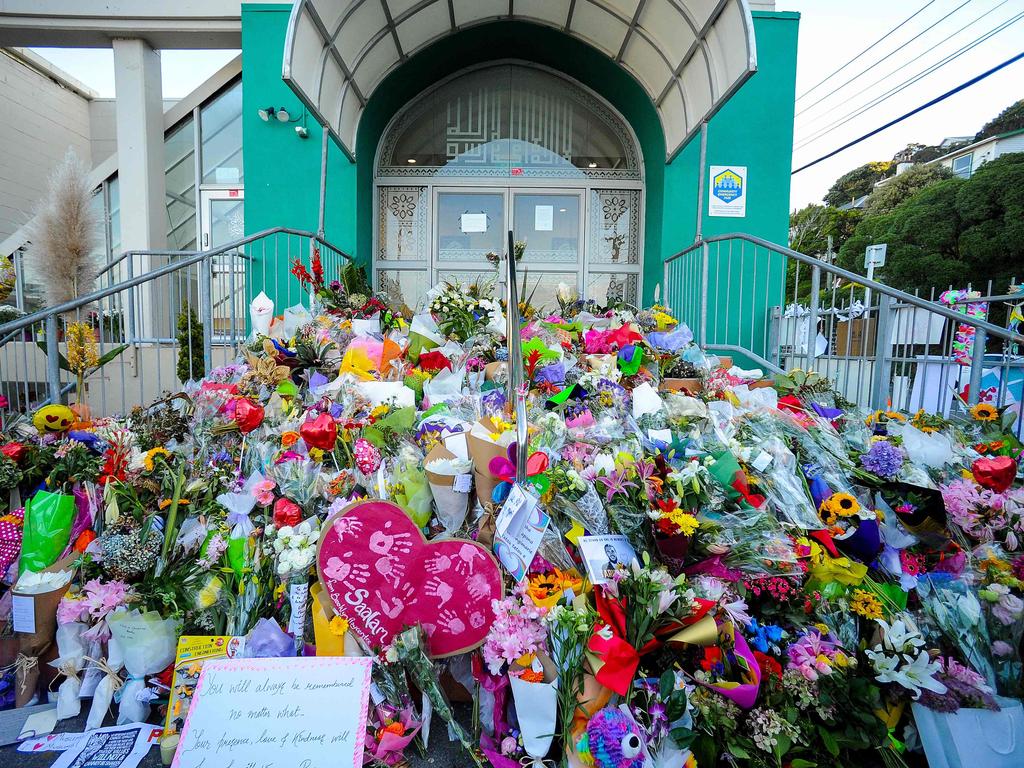
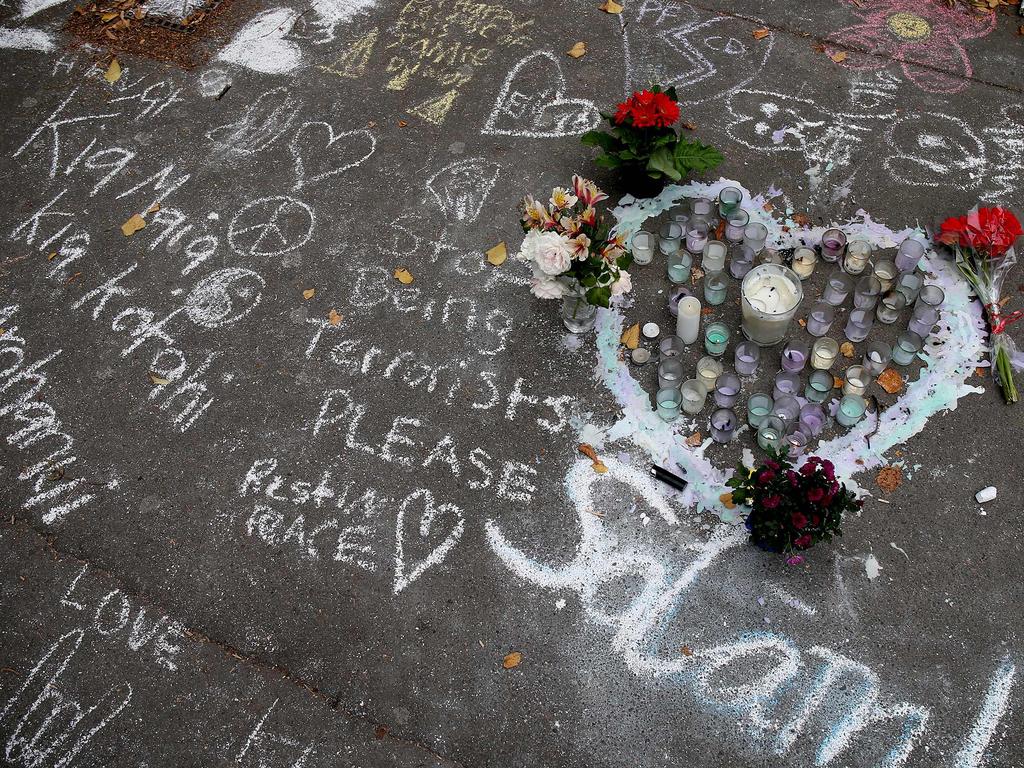
‘I BELONG HERE BUT I CAN’T BE HERE’
One year on, Temel Atacocugu is suffering from a sense of dread he can’t quite articulate. The restaurant owner is physically recovering after being shot nine times and has a platinum implant in his arm, but is suffering PTSD and depression, claustrophobia and mood-swings.
“I feel like I belong here but I can’t be here,” he said about the city he was once thrilled to call home. “I’m traumatised and this is the reaction to it. I’m always thinking, ‘wow 10 months are already gone. If I’d died then for 10 months already I would be in a grave, underground and I would be dirt.”
Temel moved to Christchurch ten years ago with his then wife and was a regular visitor to the mosque. On the day of the attack he sat near the imam and understood the minute he saw Tarrant enter the building: “he is going to shoot us.”
“I thought ‘Oh my god, I’m going to die’ He’s going to shoot me. That was what I feel. And then I see the gun smoke and I feel the pain … the broken jaw and teeth.”
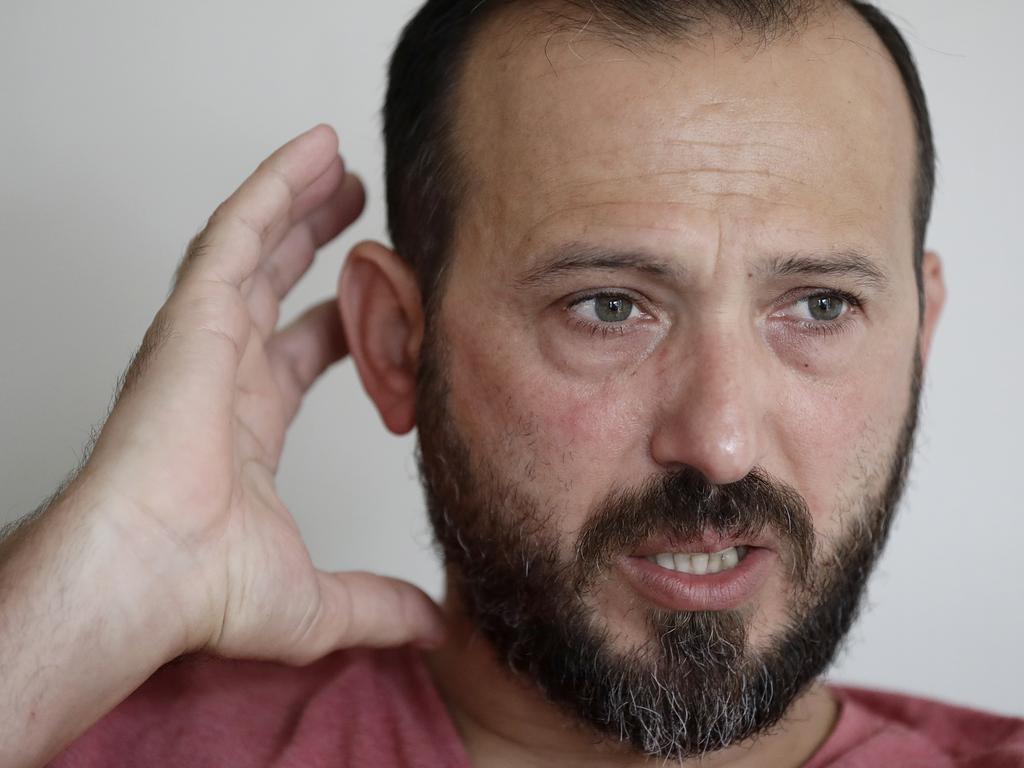
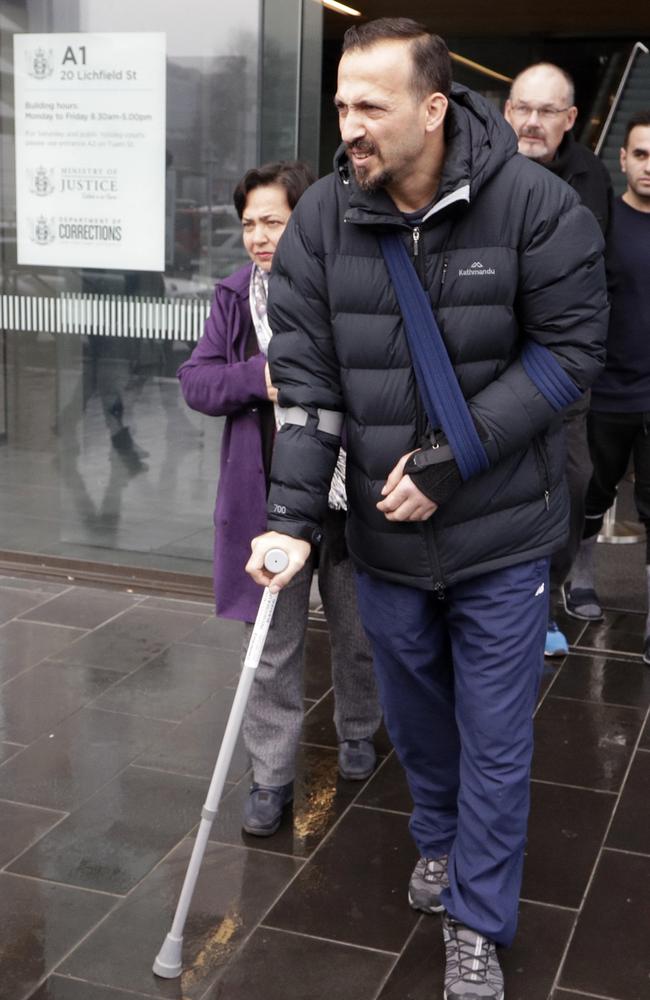
He managed to escape while playing dead and was forced to spend excruciating seconds listening to the sounds of people praying and dying around him. Like Mustafa, he has bullets still lodged in his body and must undergo regular tests for lead levels in his blood. He is unable to work because his arm “doesn’t work properly” and the trauma has affected his relationship with his ex-wife and two sons.
“Some days it’s easier, some days it’s harder. It keeps changing,” he said. “When I went to Turkey, time was fixing [me] there. But when I come back Christchurch, time is not fixing,” he said. A recent road trip around the South Island that included diving with Great White Sharks and visiting Mustafa in Dunedin improved his mood, as did a trip to hajj in Saudi Arabia, courtesy of the Saudi King. Friends in the city often take him fishing or visit and Temel has praised New Zealand’s Prime Minister Jacinda Ardern for her response. He still visits the mosque, but no longer sits near the door.
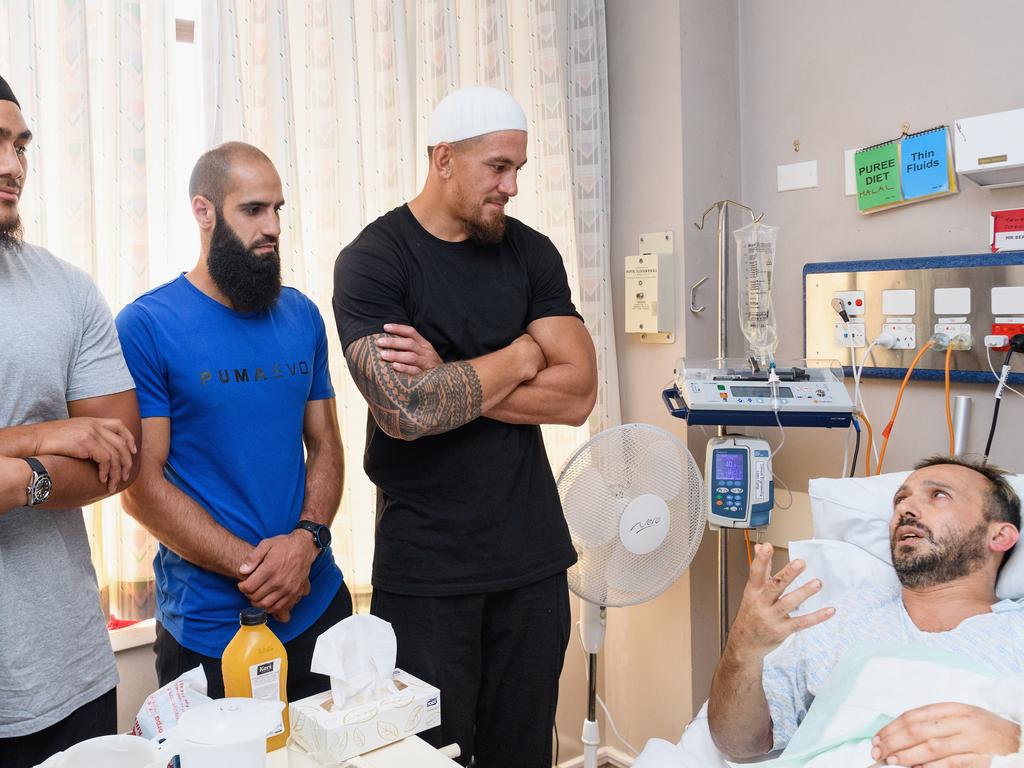
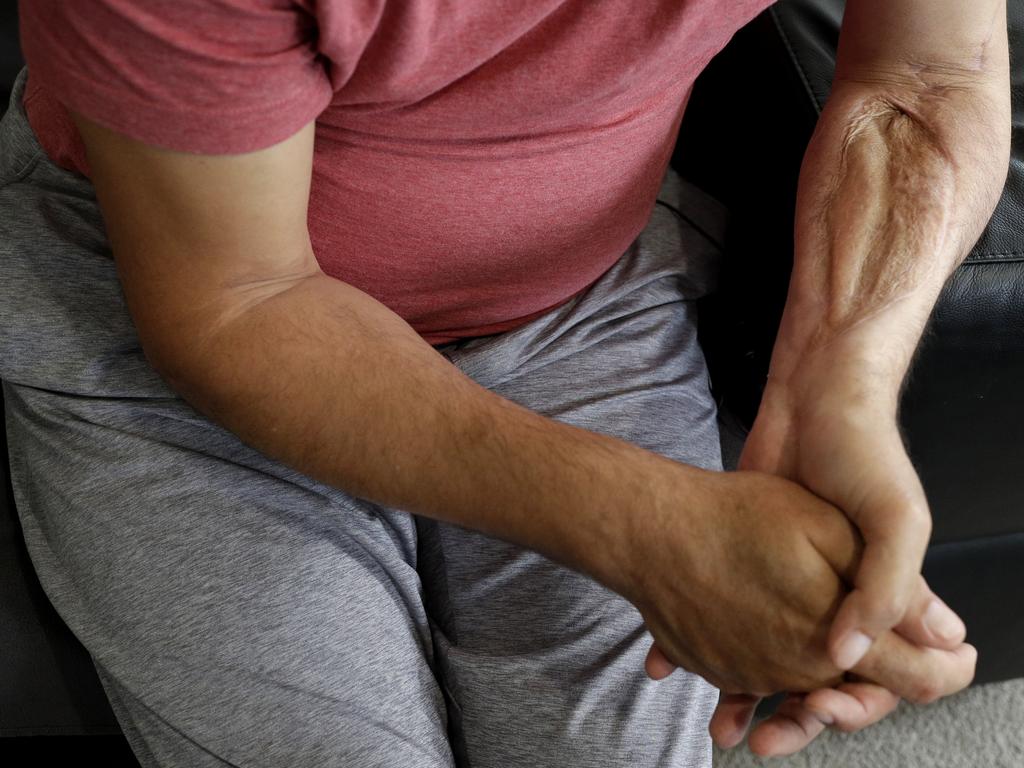
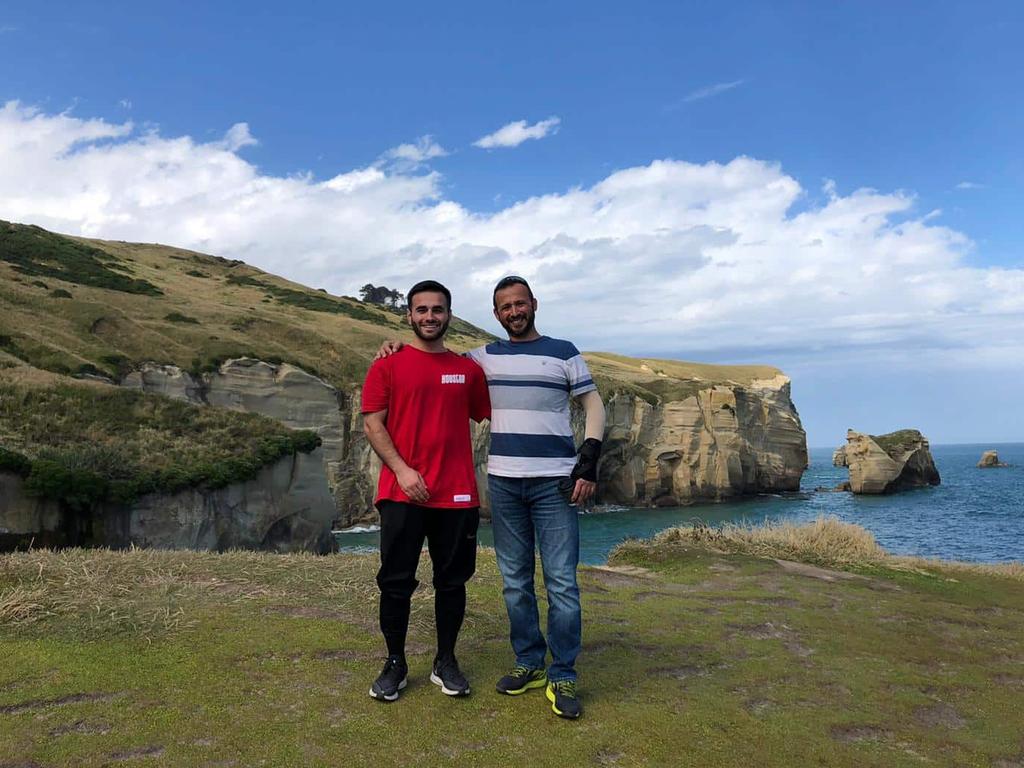

“When people hear I’m the victim, they show interest and listen to my story. They tell me their feeling, how they are upset and they couldn’t believe this. Nationwide, there are lots of people still supporting the community. This is the big tragedy in New Zealand history also too, so it cannot be forgettable very quickly,” he said.
In June, Temel will attend Tarrant’s trial and doesn’t know what he will feel when he sees the man charged with inflicting such horror.
“I will be probably angry, very angry. I want to believe that he will get the highest punishment, for the rest of his life locked in the littlest room and stay there until he dies. Because he killed 51 people and attempted murder … I hope his dead body comes out from jail,” he said.
Mustafa will also be there after travelling from Dunedin where he now lives. The keen gym-goer is still missing leg days on his physio’s advice and has tried to put the attack behind him.
“I want to keep moving forward. If you overthink about your past, you’re going to live in the past, so I do think that I am just going to go through stress for no reason. Whatever happened it happened. I can’t change it but I want to live my life and I want to move forward,” he said. In court, he wants to be able to look Tarrant in the eyes and show him he hasn’t won.
“He hasn’t got what he wanted. He wants us to be depressed and kill ourselves. That’s what he wants. We’re ready to show him that we are stronger than him. He’s just nothing. He’s just a person that has nothing to lose. That’s why he did it. We want to see him get the justice he deserves.”




